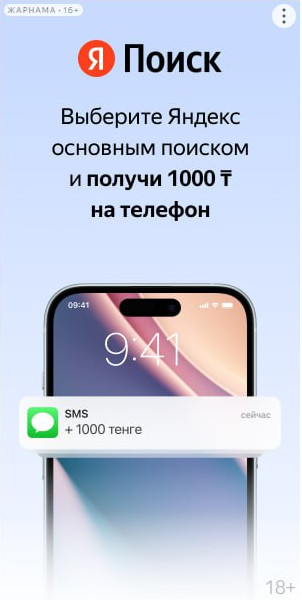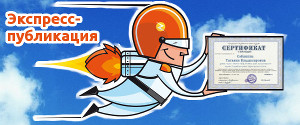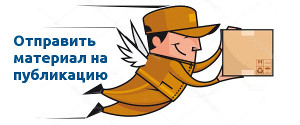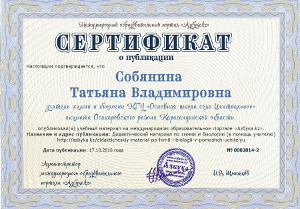Digital educational instruments
|
Ibrayeva Zhanar Kulmatovna acting professor, |

In the spring of 2020, the education system around the world experienced a colossal shake-up. Since neither schools nor universities were ready for it, the transition took place in an emergency mode, and the quality of education in most cases left much to be desired.
But there were also pluses: circumstances forced professors from the most prestigious universities in the world, outstanding educators and all teachers on the planet to invest their creative and professional potential in online education. Never before has the scientific community spent so much effort to come up with effective models of distance learning.
Historically, it is customary to contrast online and classic face-to-face training. Over the past decades, scientists have repeatedly tried to measure which format is better. As a result, you can find hundreds of studies claiming that online learning is more effective than classic ... and just as many scientific studies proving the opposite.
Today experts agree that it is in principle incorrect to compare online and offline. Both formats have their undeniable advantages, and the effectiveness will be different for each specific case. The result depends on the context, subject, learning goals, student personal characteristics, the quality of the implementation of the educational product and an infinite number of less obvious factors.
The online education market is very diverse — these are massive open online courses (such as Coursera, EdX, Udacity, Udemy), general education platforms, b2b solutions (primarily various LMS), educational mobile applications and computer games, tools for video conferencing, virtual lessons with teachers and much more. The question «What is more effective?» doesn’t make sense. It is more important to understand: «How to correctly combine formats and tools to achieve the best result?»
It is no coincidence that after the first wave of the pandemic, the vast majority of the world’s leading universities announced plans to introduce blended learning, when classic face-to-face classes are complemented by work on an online platform.
This decision was caused not only by the need to prepare for a possible continuation of the pandemic, but also by objective reasons: according to a survey conducted in the United States, 81% of students believe that the use of auxiliary digital tools significantly improves their academic performance.
Al-Farabi KazNU also switched to distance learning. The faculty is actively using digital educational tools such as Padlet, Mentimeter, Kahoot, Quizizz, Quizlet, Miro, Trello, Microsoft // Google Forms.
Working in a virtual space, in which students or a group of students will receive educational materials in electronic form, provides an undeniable advantage. Training becomes much more effective, especially if presentations, images, audio, video materials are attached to any text materials, which cannot but remain in the listener’s memory.
At the same time, the student himself can prepare and post his work in a similar form, get acquainted with the work of others, and have the opportunity to participate in various projects.
An alternative option in this case can be the use of virtual whiteboards.
A virtual whiteboard (online whiteboard) is a service that allows each student to post their work on the whiteboard, and the teacher — to comment and rate each. It is also possible for the teacher to use the board for placing educational, methodological, control and measuring and other materials. Thus, any material in electronic form can be placed on the board.
The network service Padlet (-let is an English diminutive suffix, pad — in one of the meanings — «notebook, tablet») is today one of the most popular online tools for creating virtual whiteboards.
In everyday life, both the service itself and the result of its work are called «padlets / padlets». The service is free, has a Russian-language version, is easy to learn and does not require any initial training. Having entered the site, the user immediately gains access to the capabilities of the service and can start using its functions even without registration.
Another online Miro board tool. The difference between Miro and a chalkboard is that Miro is an interactive whiteboard and is accessed via the Internet. And this means that you can endlessly write, draw, add files to it, and all this will be visible not from the last desk, but from anywhere in the world.
An online whiteboard is a great tool for mixing online and offline learning while keeping the pros of each format. You don’t need to be in the same room as the student to motivate and engage in the process. But this is not «dead» content that can be easily copied: your learning is protected from pirates by interactivity.
- 6859 просмотров


.webp)






.webp)
